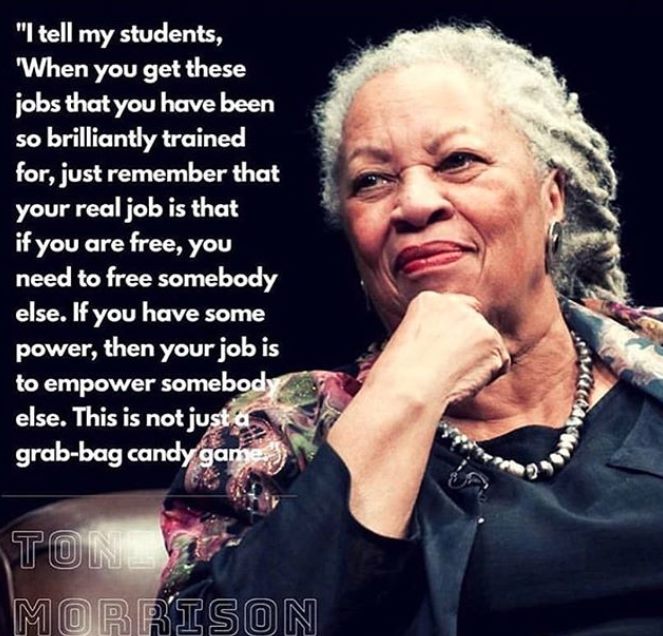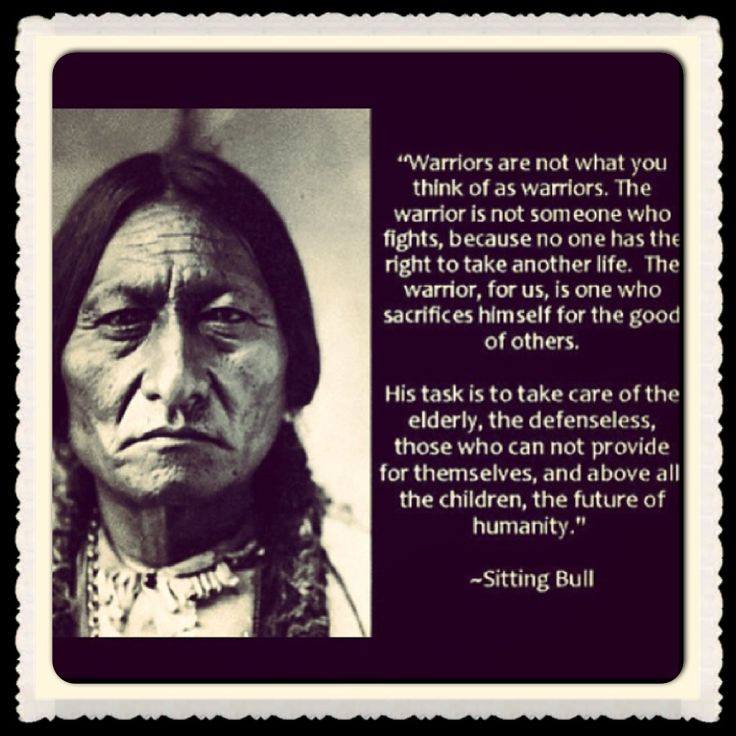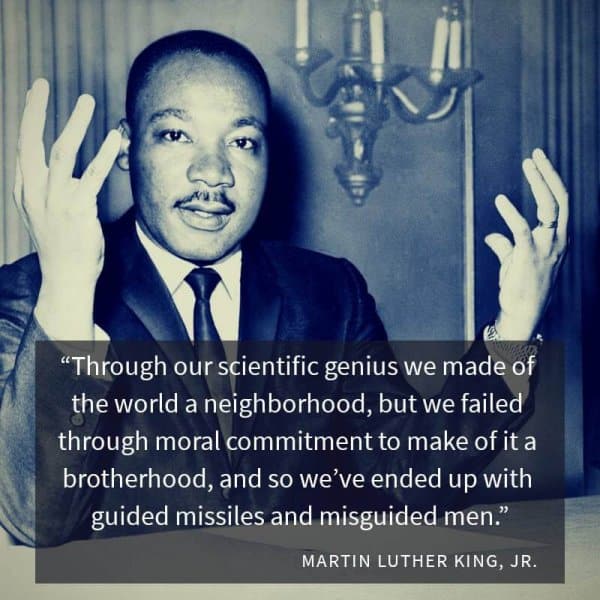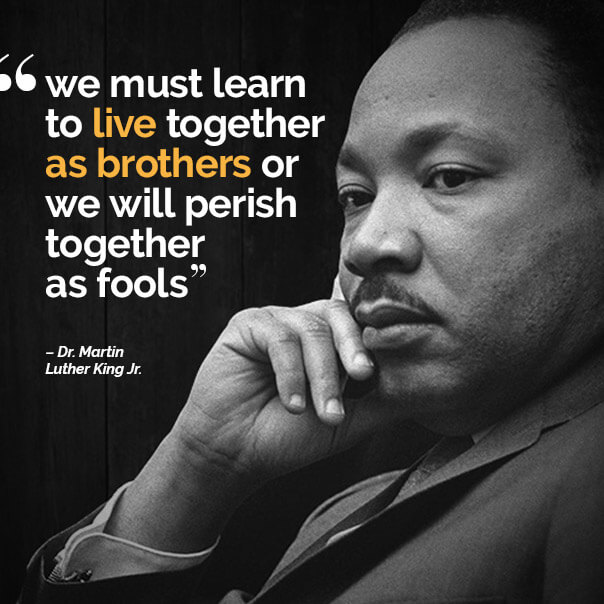Blog
Earl Zebedee Hooker (January 15, 1930 – April 21, 1970 Quitman County, MS) was a Chicago bluesguitarist known for his slide guitar playing. Considered a “musician’s musician”, he performed with blues artists such as Sonny Boy Williamson II, Junior Wells, and John Lee Hooker and fronted his own bands. An early player of the electric guitar, Hooker was influenced by the modern urban styles of T-Bone Walker and Robert Nighthawk. He recorded several singles and albums as a bandleader and with other well-known artists. His “Blue Guitar”, a slide guitar instrumental single, was popular in the Chicago area and was later overdubbed with vocals by Muddy Waters as “You Shook Me“.
In the late 1960s, Hooker began performing on the college and concert circuit and had several recording contracts. Just as his career was on an upswing, he died in 1970, at age 40, after a lifelong struggle with tuberculosis. His guitar playing has been acknowledged by many of his peers, including B.B. King, who commented, “to me he is the best of modern guitarists. Period. With the slide he was the best. It was nobody else like him, he was just one of a kind”. Hooker died on April 21, 1970, at age 40, of complications due to tuberculosis. He is interred in Restvale Cemetery, in the Chicago suburb of Alsip.
more...Eugene Bertram Krupa (January 15, 1909 – October 16, 1973 Chicago) was an American jazz drummer, bandleader, and composer. Krupa is widely regarded as one of the most influential drummers in the history of popular music. His drum solo on Benny Goodman‘s 1937 recording of “Sing, Sing, Sing” elevated the role of the drummer from that of an accompanist to that of an important solo voice in the band.
In collaboration with the Slingerland drum- and Zildjian cymbal-manufacturers, he became a major force in defining the standard band-drummer’s kit. Modern Drummer magazine regards Krupa as “the founding father of modern drumset playing”.
Upon his death, The New York Times labeled Krupa a “revolutionary” known for “frenzied, flashy” drumming, with his work having generated a significant musical legacy that started “in jazz and has continued on through the rock era”.
In 1973, Krupa died in Yonkers at the age 64 from heart failure, though he also had leukemia and emphysema. He is buried in Holy Cross Cemetery in Calumet City, Illinois.
more...Why is Polaris called the North Star? First, Polaris is the nearest bright star toward the north spin axis of the Earth. Therefore, as the Earth turns, stars appear to revolve around Polaris, but Polaris itself always stays in the same northerly direction — making it the North Star. Since no bright star is near the south spin axis of the Earth, there is currently no bright South Star. Thousands of years ago, Earth’s spin axis pointed in a slightly different direction so that Vega was the North Star. Although Polaris is not the brightest star on the sky, it is easily located because it is nearly aligned with two stars in the cup of the Big Dipper. Polaris is near the center of the five-degree wide featured image, a digital composite of hundreds of exposures that brings out faint gas and dust of the Integrated Flux Nebula (IFN) all over the frame. The surface of Cepheid Polaris slowly pulsates, causing the famous star to change its brightness by a few percent over the course of a few days.

Kenneth Vincent John Wheeler, OC (14 January 1930 – 18 September 2014) was a Canadian composer and trumpet and flugelhorn player, based in the U.K. from the 1950s onwards.
Most of his performances were rooted in jazz, but he was also active in free improvisation and occasionally contributed to rock music recordings. Wheeler wrote over one hundred compositions and was a skilled arranger for small groups and large ensembles.
Wheeler was the patron of the Royal Academy Junior Jazz course.
more...Grady Tate (January 14, 1932 – October 8, 2017 durham, NC) was an American jazz and soul-jazz drummer and baritone vocalist. In addition to his work as sideman, Tate released many albums as leader and lent his voice to songs in the animated Schoolhouse Rock!series. He received two Grammy nominations.
Grady Tate’s drumming helped to define a particular hard bop, soul jazz and organ trio sound during the mid-1960s and beyond. His slick, layered and intense sound is instantly recognizable for its understated style in which he integrates his trademark subtle nuances with sharp, crisp “on top of the beat” timing (in comparison to playing slightly before, or slightly after the beat). The Grady Tate sound can be heard prominently on many of the classic Jimmy Smith and Wes Montgomery albums recorded on the Verve label in the 1960s.
During the 1970s, Tate was a member of the New York Jazz Quartet. In 1981, he played drums and percussion for Simon and Garfunkel’s Concert in Central Park.
As a sideman, Tate played with musicians including Jimmy Smith, Astrud Gilberto, Ella Fitzgerald, Duke Ellington, Count Basie, Rahsaan Roland Kirk, Quincy Jones, Stan Getz, Cal Tjader, Wes Montgomery, Eddie Harris, J.J. Johnson, Kai Winding and Michel Legrand.
more...Allen Richard Toussaint (January 14, 1938 – November 10, 2015 Gert Town NOLA) was an American musician, songwriter, arranger, and record producer. He was an influential figure in New Orleans rhythm and blues from the 1950s to the end of the century, described as “one of popular music’s great backroom figures.” Many musicians recorded Toussaint’s compositions. He was a producer for hundreds of recordings: the best known are “Right Place, Wrong Time“, by longtime friend Dr. John, and “Lady Marmalade” by Labelle.
In 1960, Joe Banashak, of Minit Records and later Instant Records, hired Toussaint as an A&R man and record producer. He did freelance work for other labels, such as Fury. Toussaint played piano, wrote, arranged and produced a string of hits in the early and mid-1960s for New Orleans R&B artists such as Ernie K-Doe, Chris Kenner, Irma Thomas (including “It’s Raining“), Art and Aaron Neville, The Showmen, and Lee Dorsey, whose first hit “Ya Ya” he produced in 1961.
The early to mid-1960s are regarded as Toussaint’s most creatively successful period.[3] Notable examples of his work are Jessie Hill‘s “Ooh Poo Pah Doo” (written by Hill and arranged and produced by Toussaint), Ernie K-Doe’s “Mother-in-Law”, and Chris Kenner’s “I Like It Like That“. A two-sided 1962 hit by Benny Spellman comprised “Lipstick Traces (on a Cigarette)” (covered by The O’Jays, Ringo Starr, and Alex Chilton) and the simple but effective “Fortune Teller” (covered by various 1960s rock groups, including The Rolling Stones, The Nashville Teens, The Who, The Hollies, The Throb, and The Searchers founder Tony Jackson). “Ruler of My Heart”, written under his pseudonym Naomi Neville, first recorded by Irma Thomas for the Minit label in 1963, was adapted by Otis Redding under the title “Pain in My Heart” later that year, prompting Toussaint to file a lawsuit against Redding and his record company, Stax (the claim was settled out of court, with Stax agreeing to credit Naomi Neville as the songwriter).Redding’s version of the song was also recorded by The Rolling Stones on their second album and was in the Grateful Dead‘s early repertoire. In 1964, “A Certain Girl” (originally by Ernie K-Doe) was the B-side of the first single release by The Yardbirds. The song was released again in 1980 by Warren Zevon, as the single from the album Bad Luck Streak in Dancing School; it reached 57 on Billboard’s Hot 100. Mary Weiss, former lead singer of The Shangri-Las, released it as “A Certain Guy” in 2007. Linda Ronstadtreleased a jazzy version of “Ruler of my Heart” in 1998 on We Ran.
Toussaint credited about twenty songs to his parents, Clarence and Naomi, sometimes using the pseudonym “Naomi Neville”.These include “Fortune Teller”, first recorded by Benny Spellman in 1961, “Pain In My Heart,” first a hit for Otis Redding in 1963, and “Work, Work, Work”, recorded by The Artwoods in 1966. Alison Krauss and Robert Plant covered “Fortune Teller” on their 2007 album Raising Sand.
more...
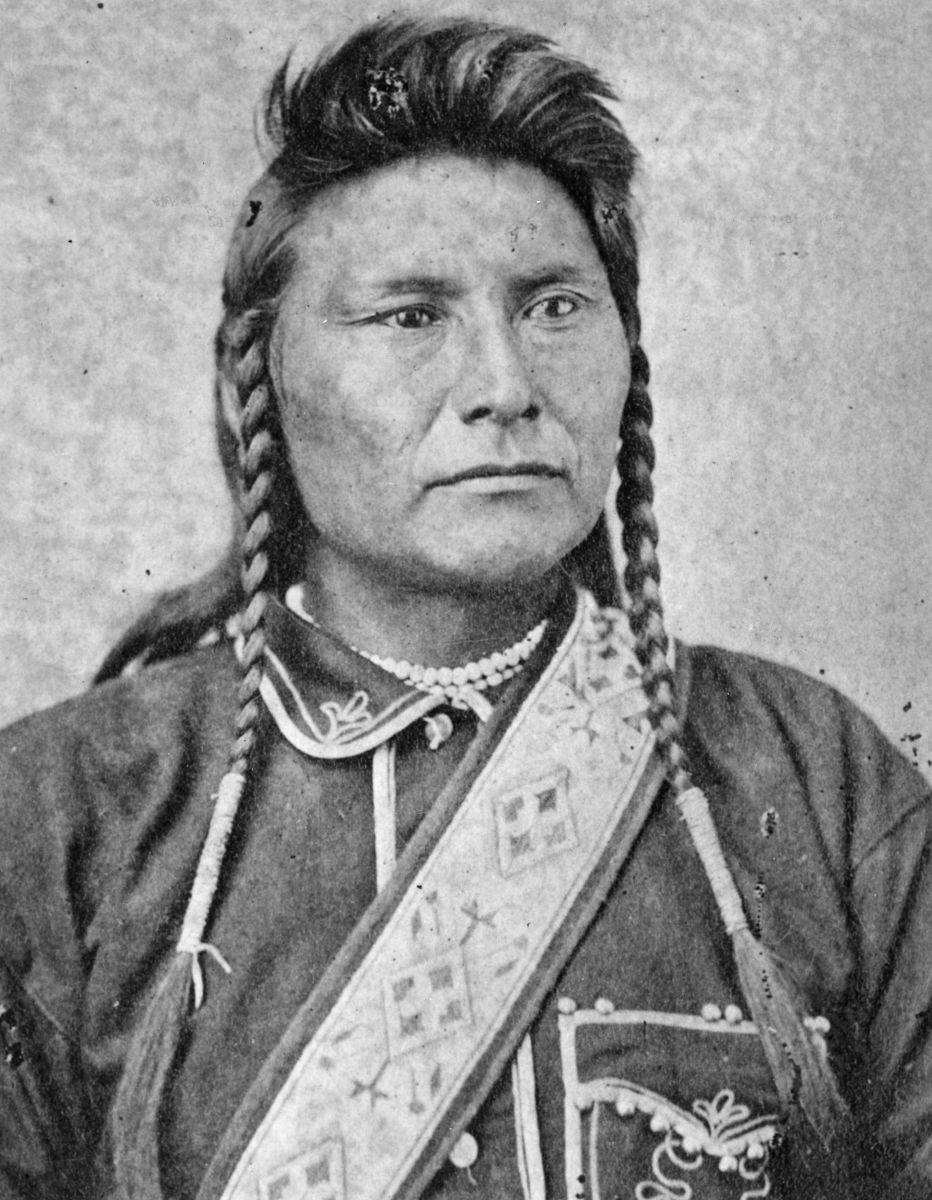
Today’s NASA/ESA Hubble Space Telescope Picture of the Week peers into the dusty recesses of the nearest massive star-forming region to Earth, the Orion Nebula. Just 1300 light-years away, the Orion Nebula is visible to the naked eye below the three stars that form the ‘belt’ in the constellation Orion. The nebula is home to hundreds of newborn stars including the subject of this image: the protostars HOPS 150 and HOPS 153.
These protostars get their names from the Herschel Orion Protostar Survey, which was carried out with ESA’s Herschel Space Observatory. The object that can be seen in the upper-right corner of this image is HOPS 150: it’s a binary system, two young protostars orbiting each other. Each has a small, dusty disc of material surrounding it that it is feeding from. The dark line that cuts across the bright glow of these protostars is a cloud of gas and dust, over 2 000 times wider than the distance between Earth and the Sun, falling in on the pair of protostars. Based on the amount of infrared versus other wavelengths of light HOPS 150 is emitting, the protostars are mid-way down the path to becoming mature stars.
Extending across the left side of the image is a narrow, colourful outflow called a jet. This jet comes from the nearby protostar HOPS 153, out of frame. HOPS 153 is a significantly younger stellar object than its neighbour, still deeply embedded in its birth nebula and enshrouded by a cloud of cold, dense gas. While Hubble cannot penetrate this gas to see the protostar, the jet HOPS 153 has emitted is brightly visible as it plows into the surrounding gas and dust of the Orion Nebula.
The transition from tightly swaddled protostar to fully fledged star will dramatically affect HOPS 153’s surroundings. As gas falls onto the protostar, its jets spew material and energy into interstellar space, carving out bubbles and heating the gas. By stirring up and warming nearby gas, HOPS 153 may regulate the formation of new stars in its neighbourhood and even slow its own growth.
[Image Description: An area in the Orion nebula filled with dark, puffy clouds. On the left side a large area of clouds, crossed by a dark bar, is lit up in red and whitish colours by a protostar within. At the other side a large jet of material ejected by the protostar appears, made of thin, wispy, blue and pink clouds. A couple of foreground stars shine brightly in front of the nebula.]
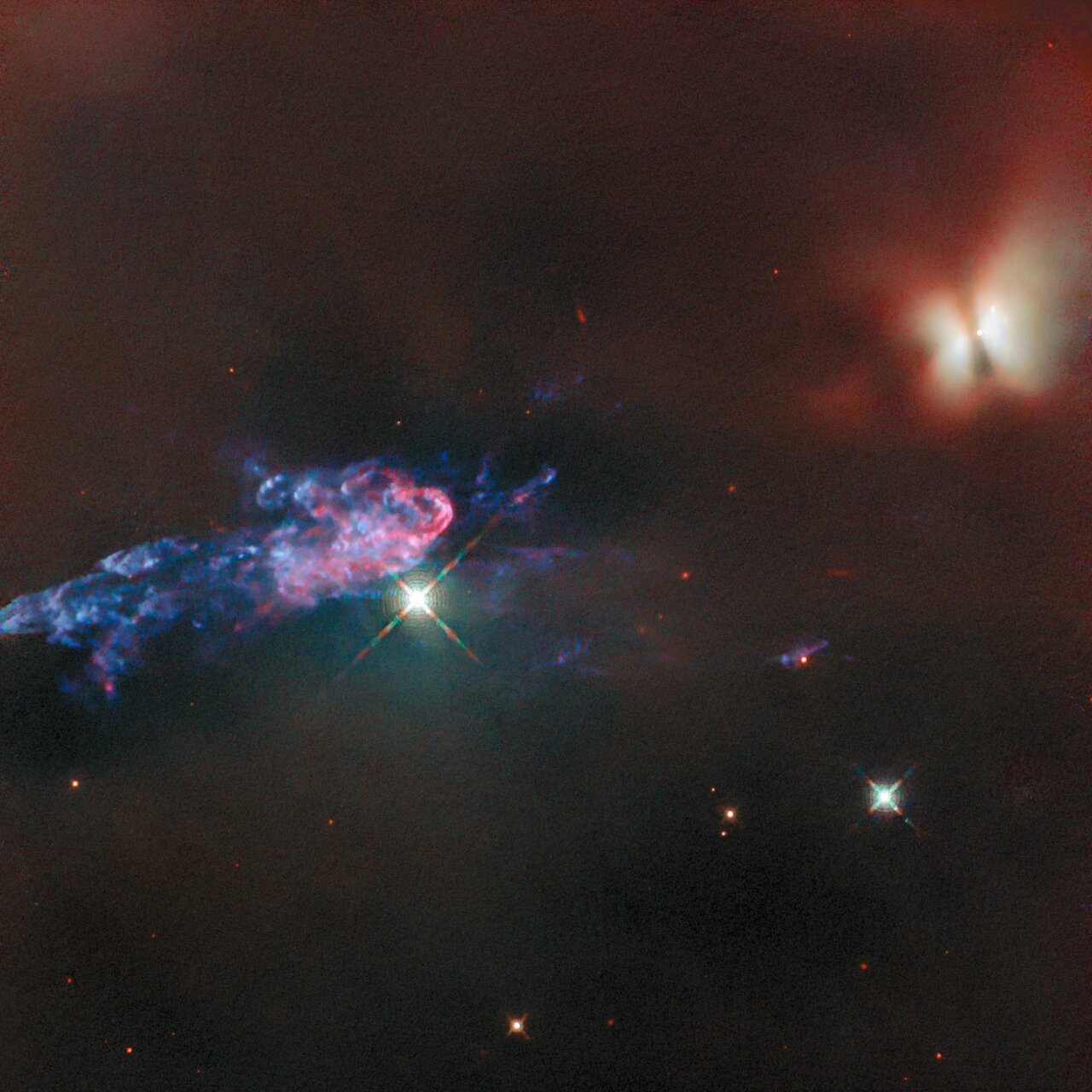
Fred E. White (born Frederick Eugene Adams; January 13, 1955 – January 1, 2023) was an American musician and songwriter. He was one of the early members of Earth, Wind & Fire. He previously played drums on Donny Hathaway‘s Live album.
Earth, Wind & Fire consisting of Fred White along with half-brother Maurice White, brother Verdine White, and other members were inducted into the Rock & Roll Hall of Fame in 2000.
White died in Los Angeles on January 1, 2023, at age 67.
more...More Posts
- The Cosmos with NGC 6872 & IC 4970
- Paul McCartney Day
- William Hooker Day
- Rudy Rutherford Day
- World Fusion with Manika Kaur
- Daily Roots with the Congos
- Happy Fathers Day 2018
- The Cosmos with RCW 108
- Chuck Rainey Day
- Sing Miller Day
- World Music with Corvus Corax
- Daily Roots with ITSJAHMIEL
- The Cosmos with NGC 3372
- Lucky Thompson Day
- World Music with Sherrifo Konteh
- Daily Roots with Culture
- The Cosmos with NGC 3190
- Jaki Byard Day
- Erroll Garner Day

